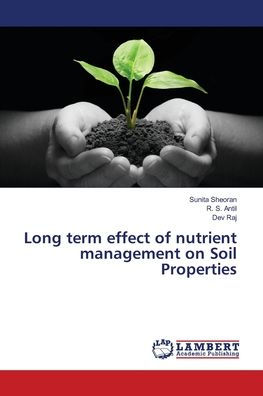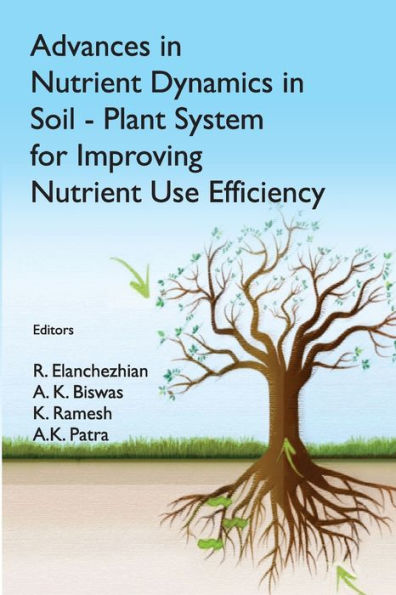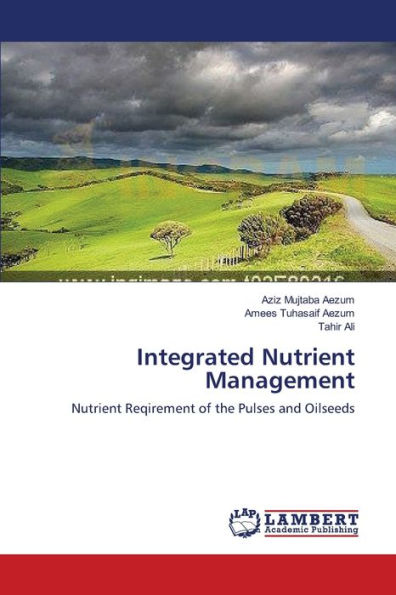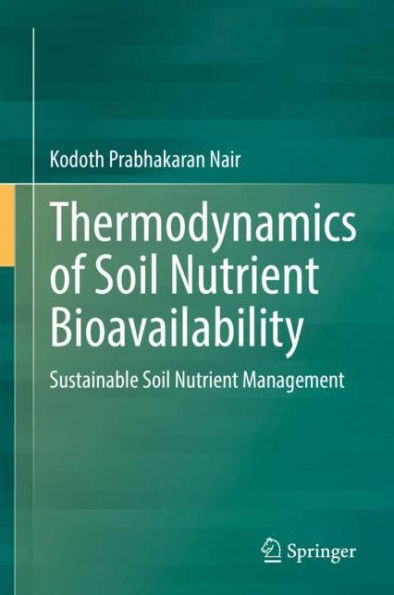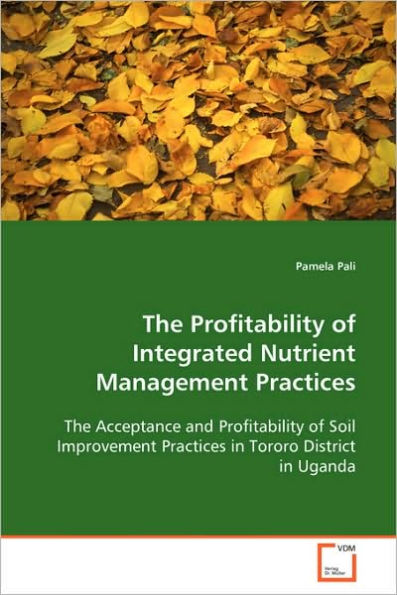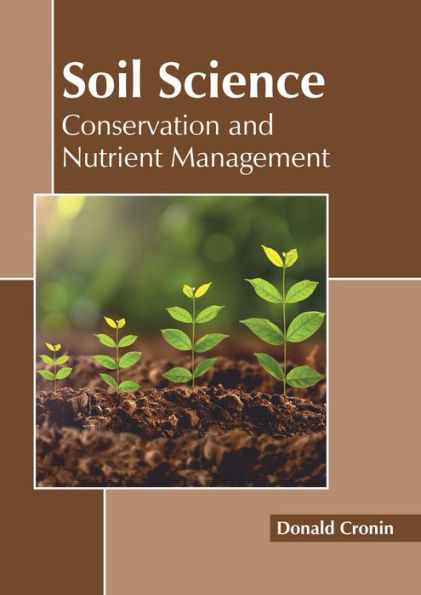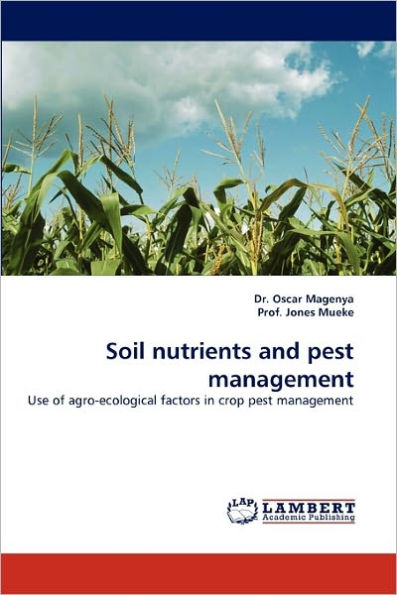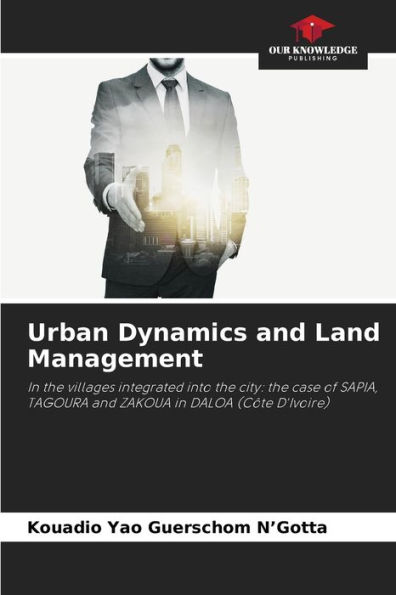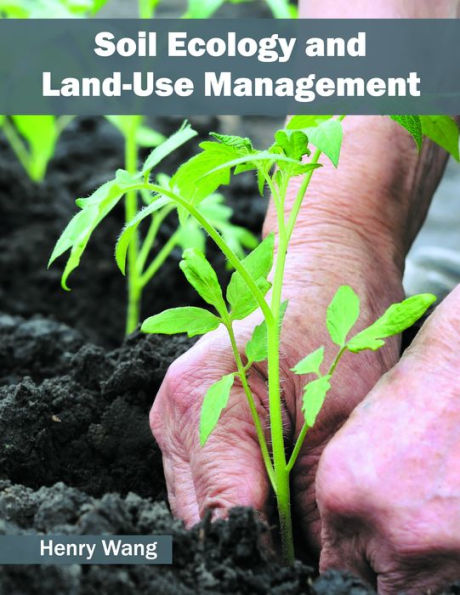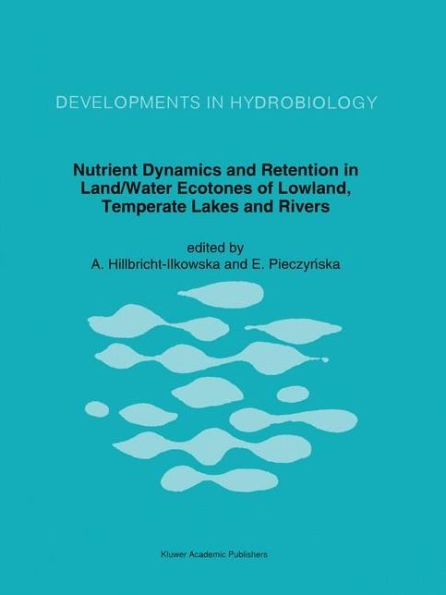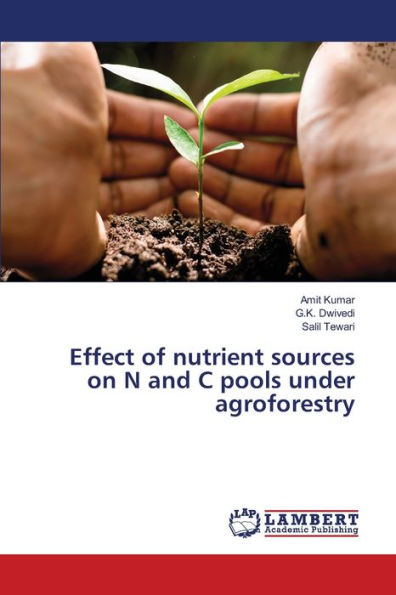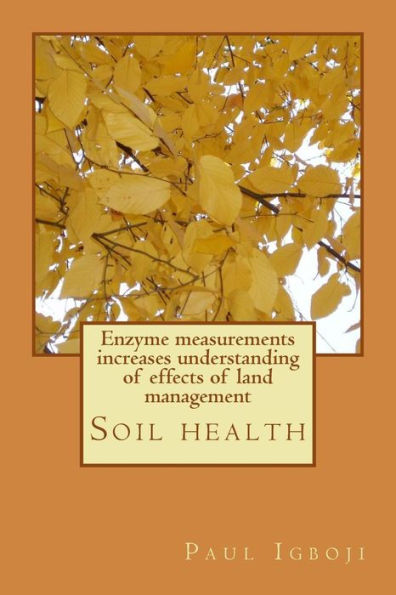Home
What happens to nutrient dynamics when you get land management right


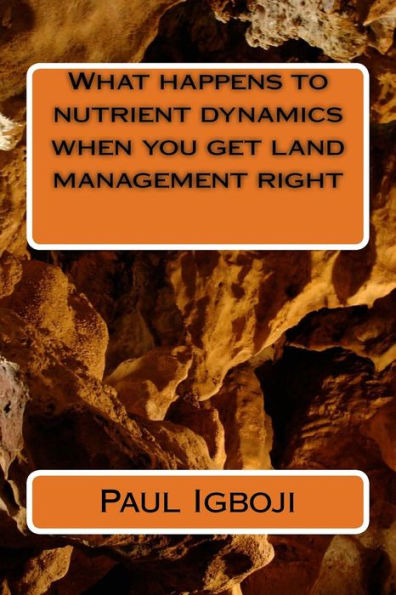
What happens to nutrient dynamics when you get land management right
Current price: $199.99
Loading Inventory...
Size: OS
This book entitled "What Happens To Nutrient Dynamics When You Get Land Management Right: The East Anglia, England Success Story" arose from a study conducted in a temperate ecosystem by an erudite scholar. The work stands listed in other formats and editions at Essex and British Library. Also listed in Google Scholar, PhD Tree amongst other International Indexing. The work is rich in information, data, results and recommendations that cover over 8050 years of English Agriculture and projected beyond 2055. Amongst the areas of expertise covered in chapter one are: agricultural land management in UK, soil biodiversity, C-cycle, C-sequestration, N-cycle and N-fixation; soil health, soil biological properties - whole ecosystem and soil respiration, microbial biomass, enzyme activities. Others are humic matter in soils, influences of environment and agriculture, origins, composition and structure of humic substances, isolation of humic substances from soil, purification and fractionation of extracts; impact on agriculture and the environment. In this section is also introduced the place of modelling in environmental monitoring and prediction, the Century 4.0 model; RothC model; soil C turnover, sequestration and microbial respiration and the aims and hypotheses of the study.In chapter two, the work details the materials and methods; site description namely: Wivenhoe Park; Writtle College; grassland farming at Writtle, woodland and protected areas, soils of college farms, soil analysis; design of study site; weather and climatic information of the study area. Others include: field methods and laboratory protocols; soil physical and chemical properties; in-situ measurement of soil respiratory activity, laboratory measurement of soil respiratory activity, estimation of microbial carbon, soil enzyme activity; cellulose activity; phosphomonoesterase activity; urease activity; quantification and qualification of soil humic acids; extraction and purification of humic acids, examination of humic acid using 13C-NMR spectroscopy; statistical and data analysis.In chapter three the following subjects were covered: diurnal and seasonal variations in field soil respiration; the impact of changes in soil temperature and WFPS and its relationship with field soil respiration; the effect of time and season of sampling on laboratory soil respiration under given temperature and moisture conditions, discussions on diurnal and seasonal variations in field soil respiration, laboratory soil respiration under given temperature and moisture, summary.The chapter four details the effects of land management on whole ecosystem and soil respiration, carbon and nitrogen levels of soil with results on whole ecosystem respiration, soil respiration, soil microbial C, enzyme activity, cellulose activity, urease activity; phosphomonoesterase activity; soil humic acid concentration; humic acid production; humic acid generated using 13C-NMR spectroscopy; soil total C, soil total N, soil C:N ratio, soil pH; changes in soil temperature, WFPS; discussion on whole ecosystem respiration; soil respiration, soil microbial C; soil enzyme activity; humic acid production from soils, humic acid structure obtained with 13C-NMR. Other discussions on soil total C and N; soil pH, soil temperature and WFPS plus summary.The chapter five centers on modelling soil C turnover, sequestration and microbial respiration starting with Century model overall structure; Century key overall processes and assumptions; Century input requirements; weather and management information; the Century environment; Century parametisation and events scheduling for site 1 (arable land under barley); site 2 (grassland under permananent pasture sown with red clover a year before stocking); site 3 (grassland under permanent pasture on 5 year ley before stocking; site 4 (deciduous woodland); statistical and data analysis. The results on the effects of land management on measured and simulated soil total C
